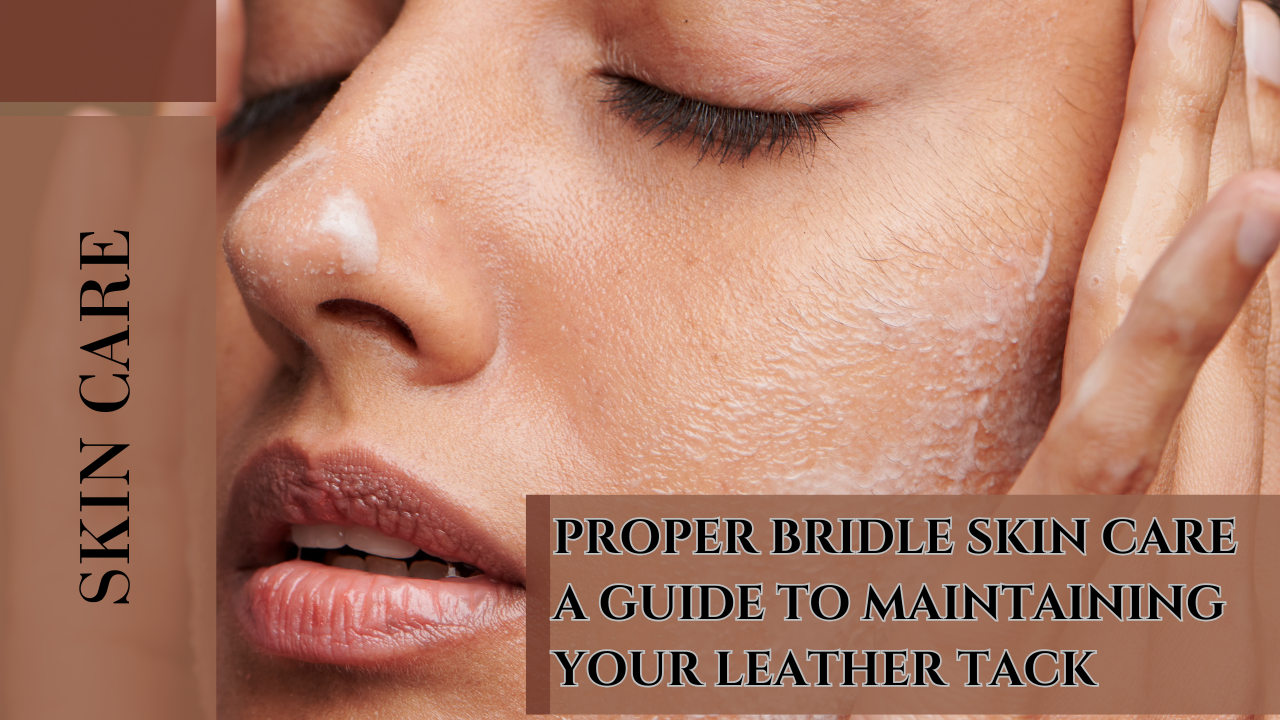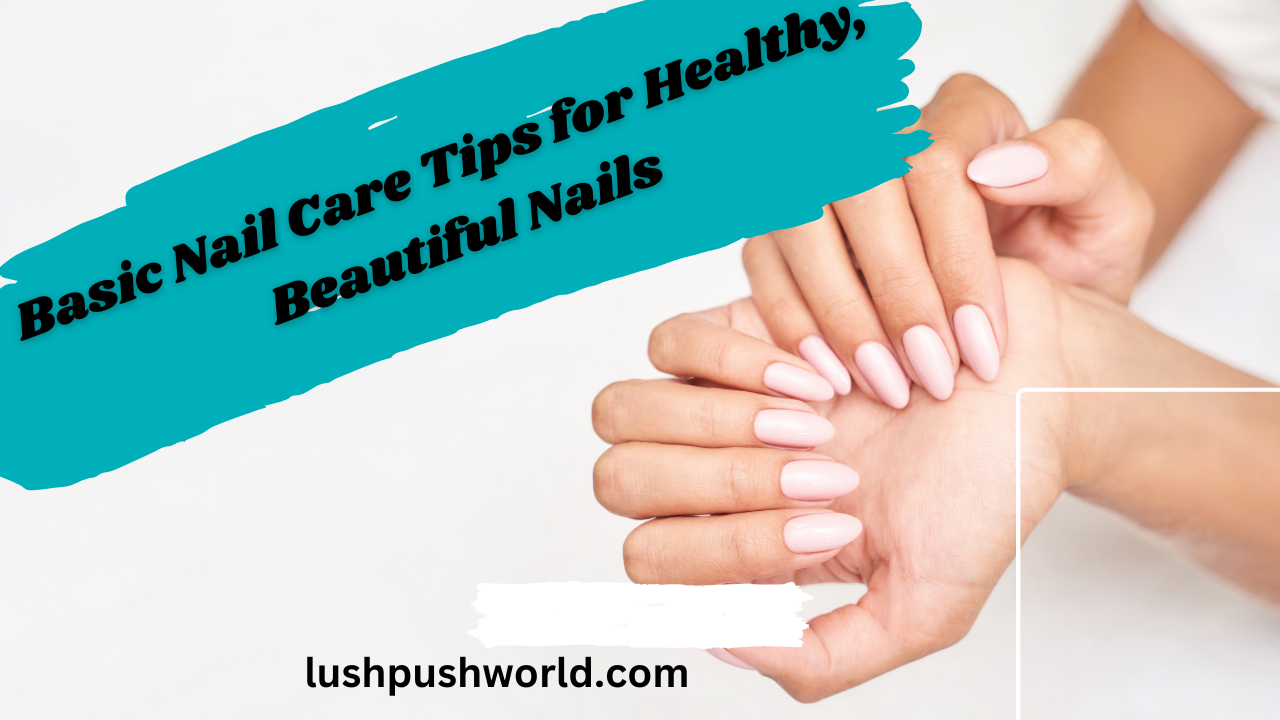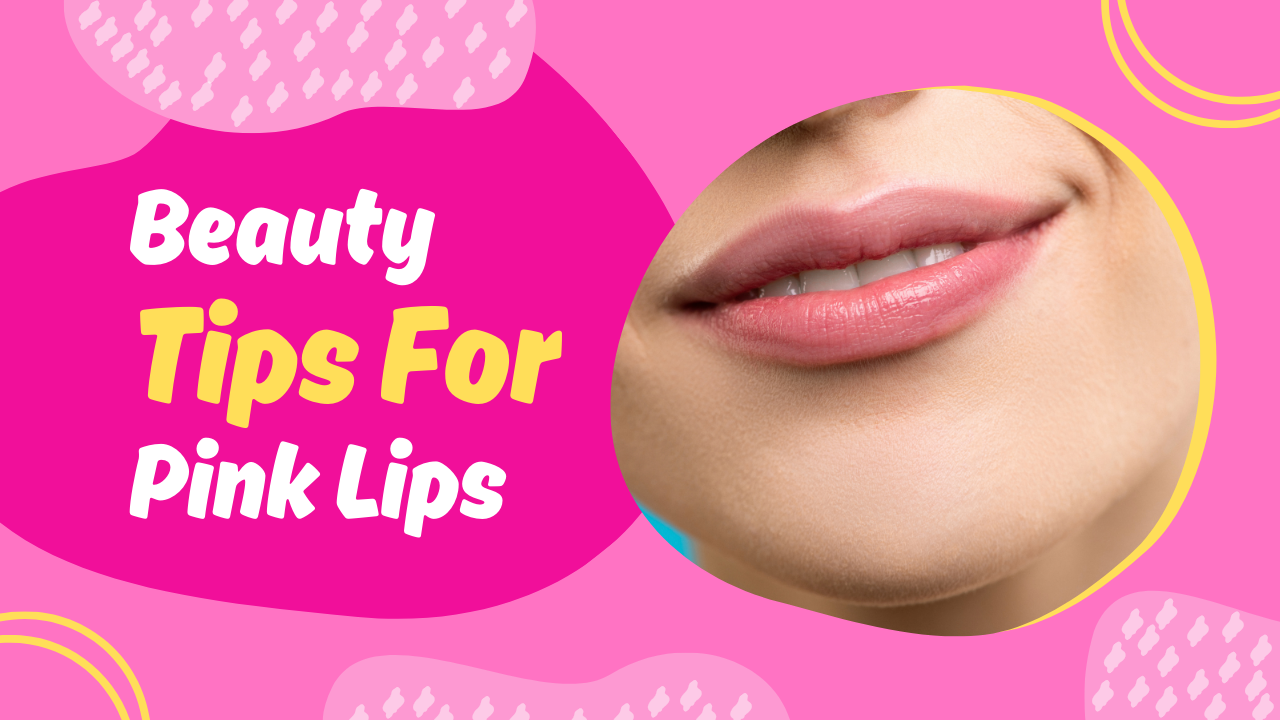Proper Bridle Skin Care: A Guide to Maintaining Your Leather Tack
A well-maintained bridle is important not only for the aesthetic appeal of your equestrian gear but also for the comfort and safety of your horse. Leather bridles are a significant investment and require regular care to ensure they last for years and remain in optimal condition. Proper bridle skin care is more than just cleaning because it involves cleaning, conditioning, storing, and even checking your bridle to help prevent any wear and tear; thus ensuring the leather stays pliable, soft, and functional. Here’s a more comprehensive look at proper bridle skin care.
1.Why Bridle Skin Care Matters
Leather bridles are used in extreme conditions. Sweat, rain, dirt, and friction dry out the leather, make it stiffen, crack, and lose its natural shine over time. If not maintained, a badly cared for bridle will cause discomfort to your horse and may also lead to safety issues since broken leather cannot withstand pressure.
It elongates the bridle’s life and keeps it soft, comfortable, and safe for you and your horse when properly cared for.
2.Steps to Proper Bridle Skin Care
Cleaning Your Bridle: Cleanliness is the key to proper care of your bridle. After every ride, take a damp cloth to wipe off the bridle to remove sweat, dirt, and grime. The salts and debris collect here and cause damage over time unless removed regularly.
3.How to Clean
Use a soft sponge or cloth dampened with warm water to gently wipe down the leather. Avoid using hot water, as it will dry out the leather. For stubborn dirt, use a mild leather cleaner or saddle soap that’s specifically designed for tack cleaning.
4.Avoid Harsh Chemicals
Never use bleach or harsh detergents on your bridle, as they can damage the leather and remove its natural oils.
Conditioning to Keep Leather Soft Leather is a natural product, and it dries out with time, more so after exposure to water and sweat. Conditioning is a very important step to keep your bridle soft and supple.
5.When to Condition
Apply a leather conditioner after cleaning your bridle. The conditioner is for replenishing the lost oils and moisture of the bridle. Conditioning the bridle, if it feels stiff and dry, will make it supple. Conditioning must be done every 4-6 weeks or more if it is exposed to harsh weather conditions.
6.How to Condition
Use good-quality leather conditioner or balm. Apply a small amount and rub it into the leather, paying particular attention to the areas that are prone to drying out, such as reins, noseband, and crown piece. Let it soak and then buff the leather using a clean, dry cloth.
Do not over-condition the leather: too much conditioner on the leather will make it greasy and attract dirt, so only use a little bit.
Dry Your Bridle Correctly After riding or after cleaning, it is important to dry your bridle properly. Leather must never be exposed to direct heat or sunlight because it becomes brittle, fades, or cracks.
Dry by first patting the bridle dry with a soft towel and hanging it in an area with good ventilation so it dries naturally. It should not be put next to radiators or stoves or in direct sunlight, as this would scorch the leather.
Store your bridle Proper storage of your bridle will keep it in fine condition. Store the bridle in a cool, dry place when it is not in use, thus keeping it away from extreme temperatures and humidity.
7.Use a Bridle Hook or Bag
Store your bridle on a bridle hook or in a bridle bag so that it does not collect dust or is susceptible to damage. Its exposure to dust, dirt, and direct sunlight will damage the leather.
8.Avoid Hanging in Moisture
Leather is quite vulnerable to mold and mildew when kept in damp places. It should be stored in a completely dry place with sufficient ventilation to avoid moisture damage.
Check for Wear and Tear Check on your bridle regularly so that it does not fail at the critical time. The leather should not be cracked, thinning or even have frayed stitches at points of tension, like at the buckle, reins, and cheek pieces.
Check on Stitching, Buckles, and Bend: Wherever leather folds over leather; check the stitching there; if loose stitching is noted, or if leather seems to be weakened, look for a professional who does bridle repairs.
9.Pay close attention to Friction Areas
A bridle is under constant pressure at areas where nosebands, throat latch, and reins pass. These parts may wear down easily and thus should be inspected regularly and maintained frequently.
Protect Your Bridle from the Elements Exposure to the elements will hasten the wear and tear on your bridle. Keeping it away from rain, mud, and too much sun will keep its integrity intact.
10.Rain
If your bridle gets wet during use, wipe it down as soon as possible with a soft cloth to remove excess moisture. Then let it dry naturally, and condition it after to ensure it stays soft.
11.Sunlight:
causes leathers to fade and dry up. Store your bridle somewhere out of direct sunlight if it is not in use.
12.Cleaning Products That Are Too Harsh
Harsh soaps or detergents remove the natural oils of leather, causing it to crack and dry. Mild soap that is leather-specific is the best.
Lack of Regular Cleaning: When sweat, dirt, and water stay on your bridle for some time, it will speed up the degradation of the leather. Clean your bridle after every ride to avoid this.
Over-Conditioning: Conditioning is very essential but over-conditioning may make the leather greasy, attract dust and dirt and becomes slippery or heavy. Conditioners should be used in moderation.




